From April 9 to June 26, 2022, the Musei di Palazzo dei Pio in Carpi are dedicating an exhibition to the church of San Nicolò and the convent of the Friars of Carpi, a complex that was founded in 1521: five hundred years after its inauguration, the Emilian city is thus hosting the exhibition Il Principe e la sua chiesa (The Prince and his church), which traces the events of the monumental Temple of San Nicolò, commissioned by Prince Alberto Pio and designed by architect Baldassarre Peruzzi. The exhibition, curated by Manuela Rossi, Elena Svalduz, GianMario Guidarelli and Andrea Giordano, sponsored by the University of Padua and supported by the Fondazione Cassa Risparmio di Carpi, aims to outline the history of the church, through studies and architectural drawings by authors such as Francesco di Giorgio Martini and Baldassarre Peruzzi, papal bulls, illuminated choir books from the 16th and 17th centuries, printed editions from the 15th century, and paintings originally placed inside the space.
Along the way, one will also encounter an autograph letter from Niccolò Machiavelli, who was present in 1521 at the inauguration of the place of worship, sent by the seigniory of Florence to attend the General Chapter of the Order of Friars Minor Observant. The temple of San Nicolò, which stands on the site of the ancient chapel dedicated to the saint that became the headquarters of the Franciscan Order of Observant Friars Minor, was commissioned by Alberto Pio, who decreed its monumental transformation, not without complaints and protests from the religious order.
The Prince and His Church opens precisely with the parchment of Alberto Pio’s will, displayed for the first time, and the section of historical documents, such as Pope Calixtus II’s bull of January 29, 1123, then deeds, letters and maps that tell the historical stages of the church’s evolution. A second section is dedicated to the development of the monumental building: here, alongside prints, paintings and ancient drawings, through the use of virtual reality, a three-dimensional model of the church with the convent has been reconstructed from its origins to the present day. Videos, multimedia installations and an app will allow the public, even after visiting the exhibition, to take a virtual journey through history and architecture, from the 12th century Franciscan church prior to the Peruzzi temple, to its construction, which began between 1493 and 1494 and developed over a span of thirty years in the early 16th century.
The plans document a building with a central plan, modulated on the contemporary Bramante designs widespread in the area of northern Italy. After this first phase, the dome and chapels were erected between 1505 and 1508 and in 1511 under the direction of Antonio and Sebastiano Barabani. The final appearance of the church, characterized by an astonishing architectural power that clearly reveals the models from which it sprang, is the work of architect Baldassarre Peruzzi, who grafted the naves onto the central plan area of the tribune.
The exhibition will also give an account of the decorative apparatus of the church, both the frescoes, which are still visible in the building, and the commissions for the aristocratic altars, with paintings made especially for the space, such as Cima da Conegliano’s Lamentation over the Dead Christ, and Bernardino Loschi’sAnnunciation and Saint Roch. Then there will be a section with printed volumes from the 15th century, from the library established in the 15th century by Leonello Pio and made public by his son Alberto, containing missals, volumes of theology, as well as treatises on history and philosophy, such as the Summa contra Gentiles of Thomas Aquinas, the Epistolae of Marsilio Ficino, the Epistolae of St. Jerome, the works of Severinus Boethius, and the parallel Lives of Plutarch. Maps, paintings, prints and photographs will document how St. Nicholas has been represented throughout the centuries.
“This exhibition,” says Manuela Rossi, director of the Musei di Palazzo dei Pio in Carpi, “recounts San Nicolò, in its inseparable link between church and convent, as a paradigmatic example of the humanistic period and the early Italian Renaissance: a seigniory, that of the Pio family in Carpi; a prince, that Alberto Pio refined pupil of Aldo Manuzio and Giovanni Pico della Mirandola; a building of worship that becomes the mausoleum of the noble family; an architect, the Sienese Baldassarre Peruzzi, who in Carpi leaves his imprint on the main buildings wanted by the prince. But it is also a way to reconcile ourselves and rediscover a public heritage of devotion and art, which for ten years has been undergoing a difficult and delicate restoration of the earthquake damage that struck Emilia in May 2012.”
It will be possible to visit the church’s restoration site on Saturday, April 30 and Saturday, May 14, by reservation only. The exhibition is accompanied by a Franco Cosimo Panini Editore catalog. Below are some images of the works on display.
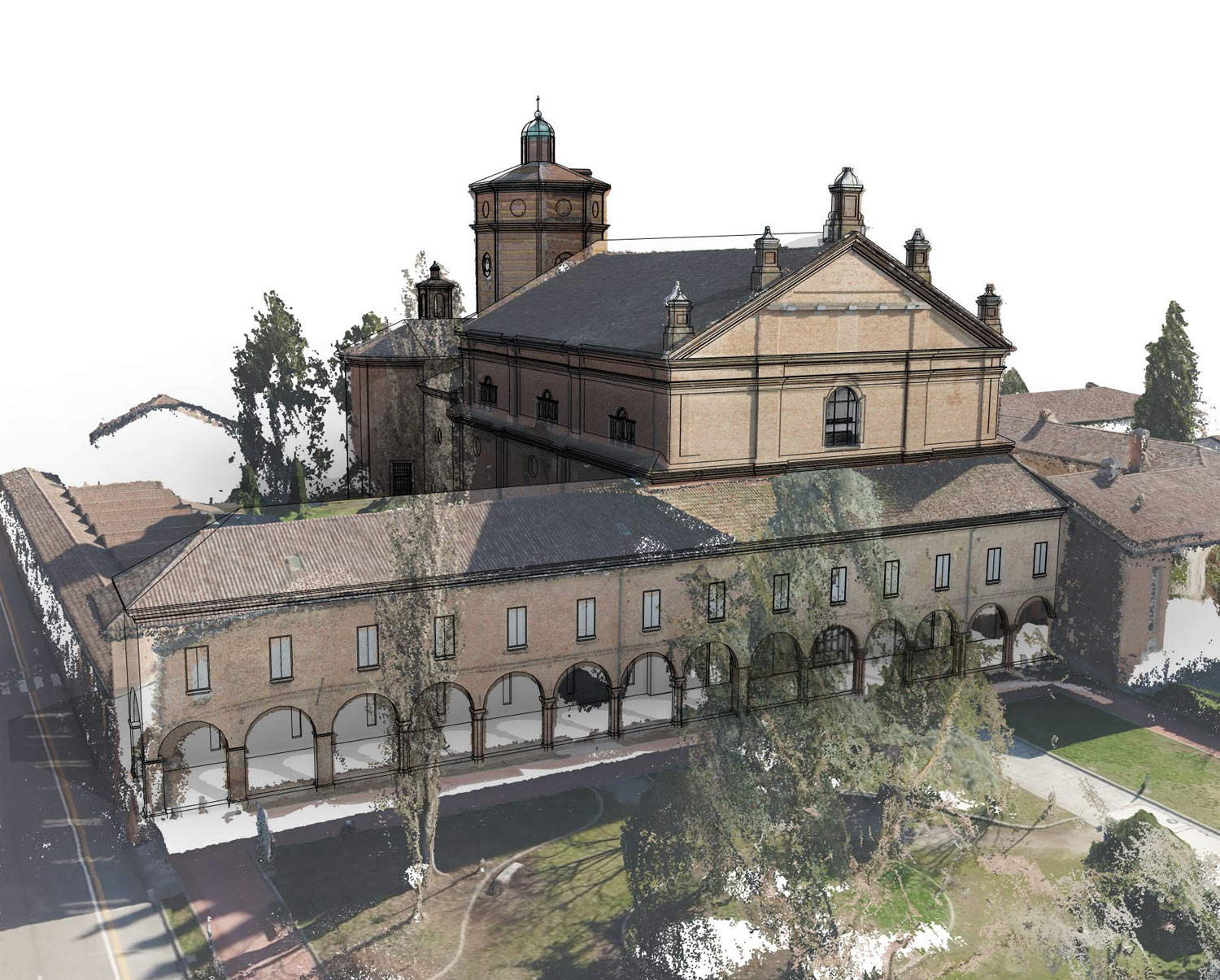
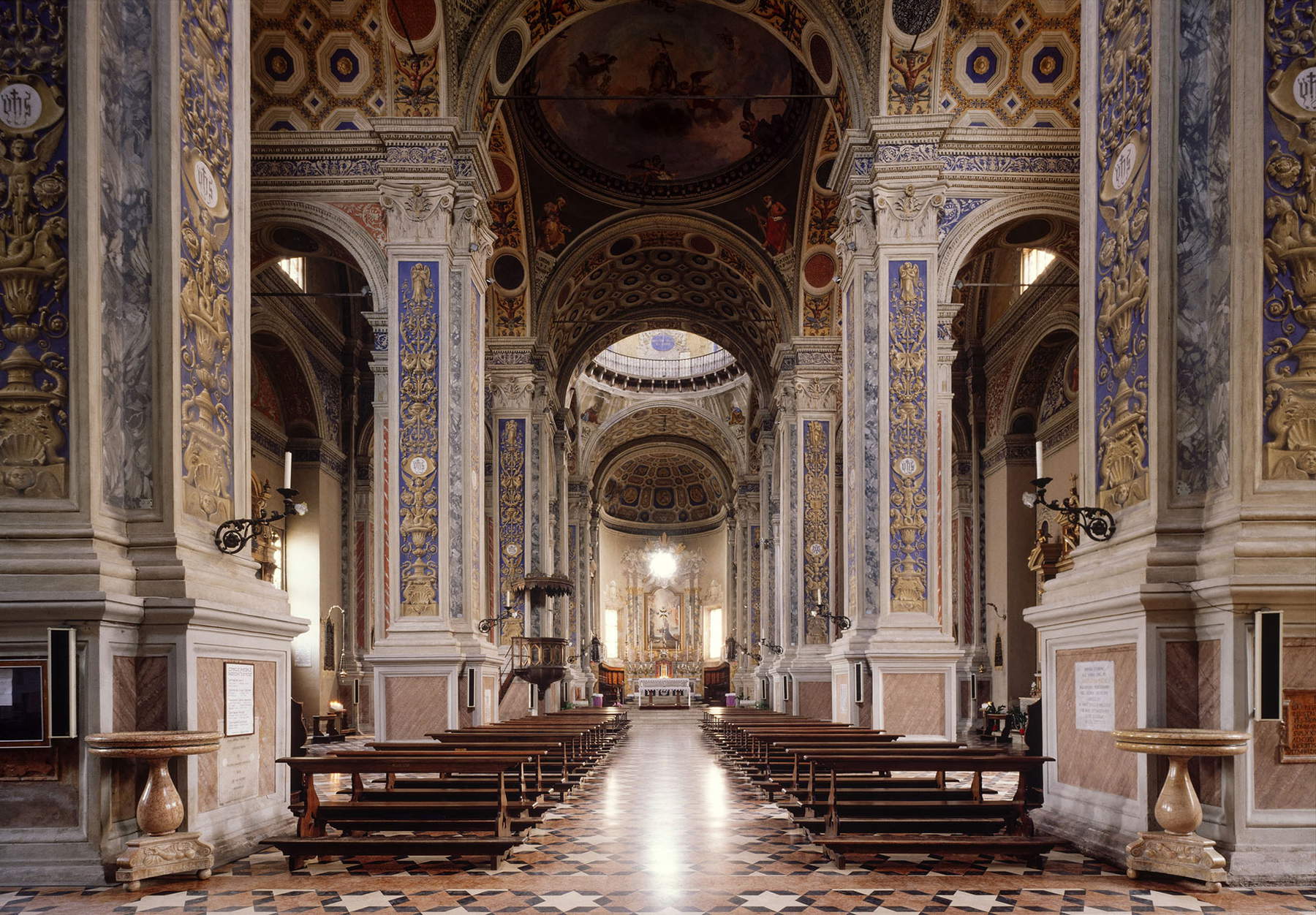
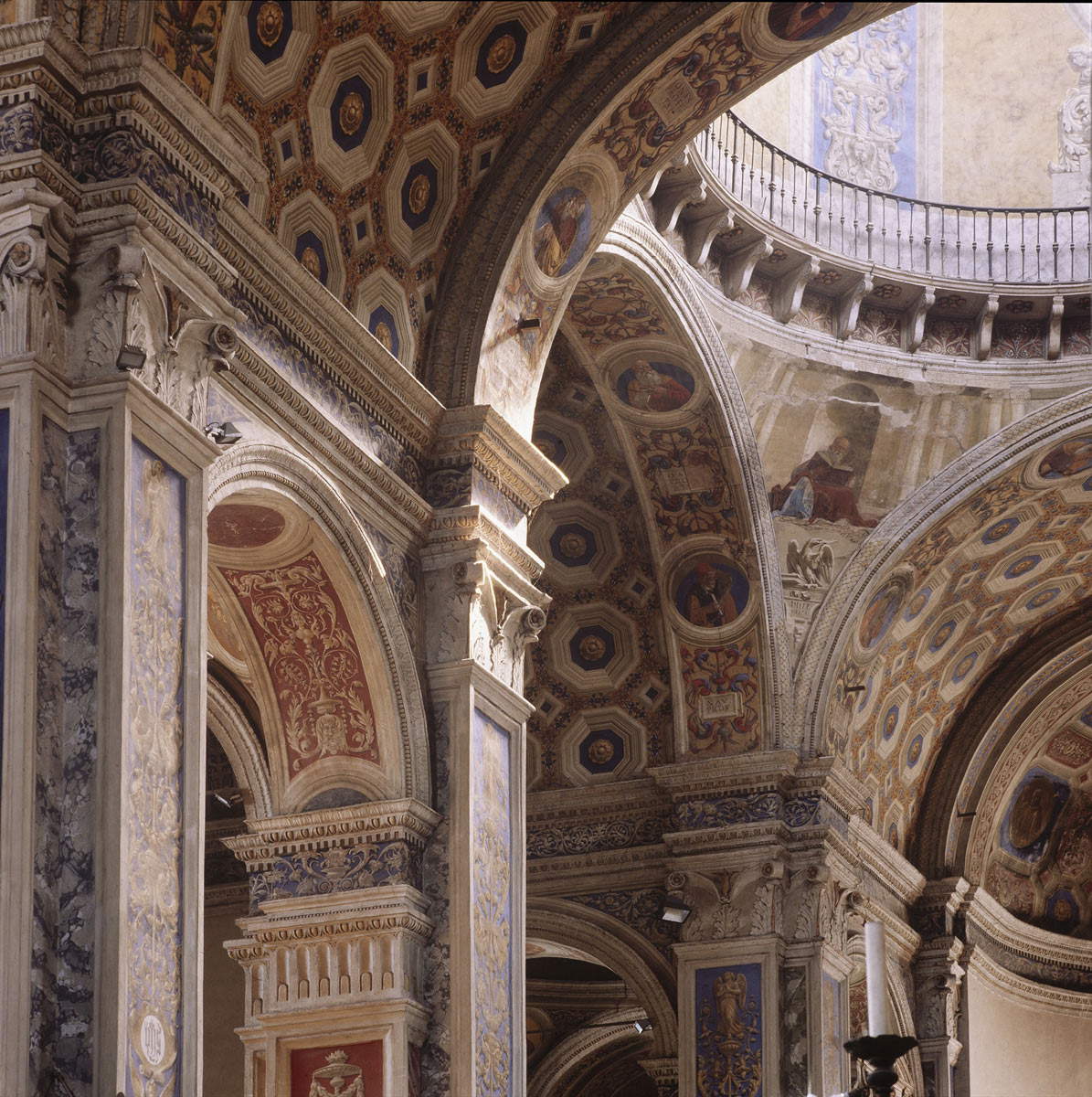
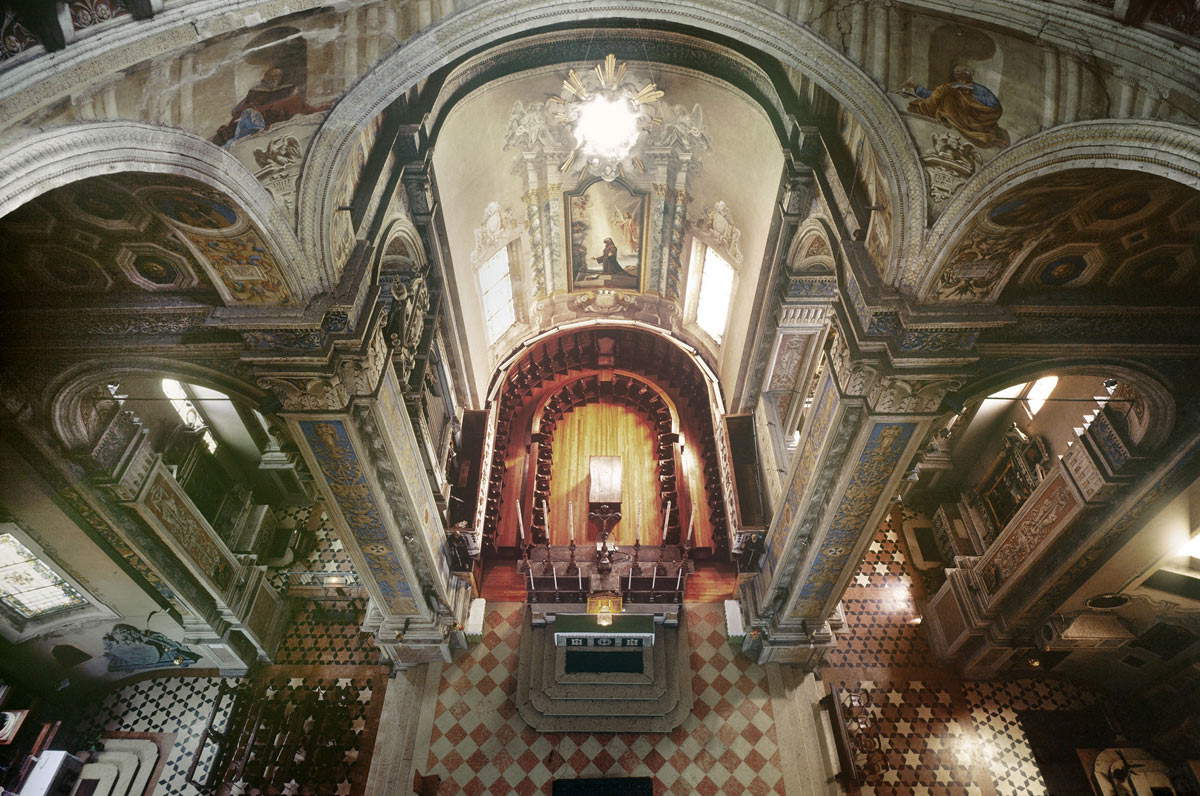

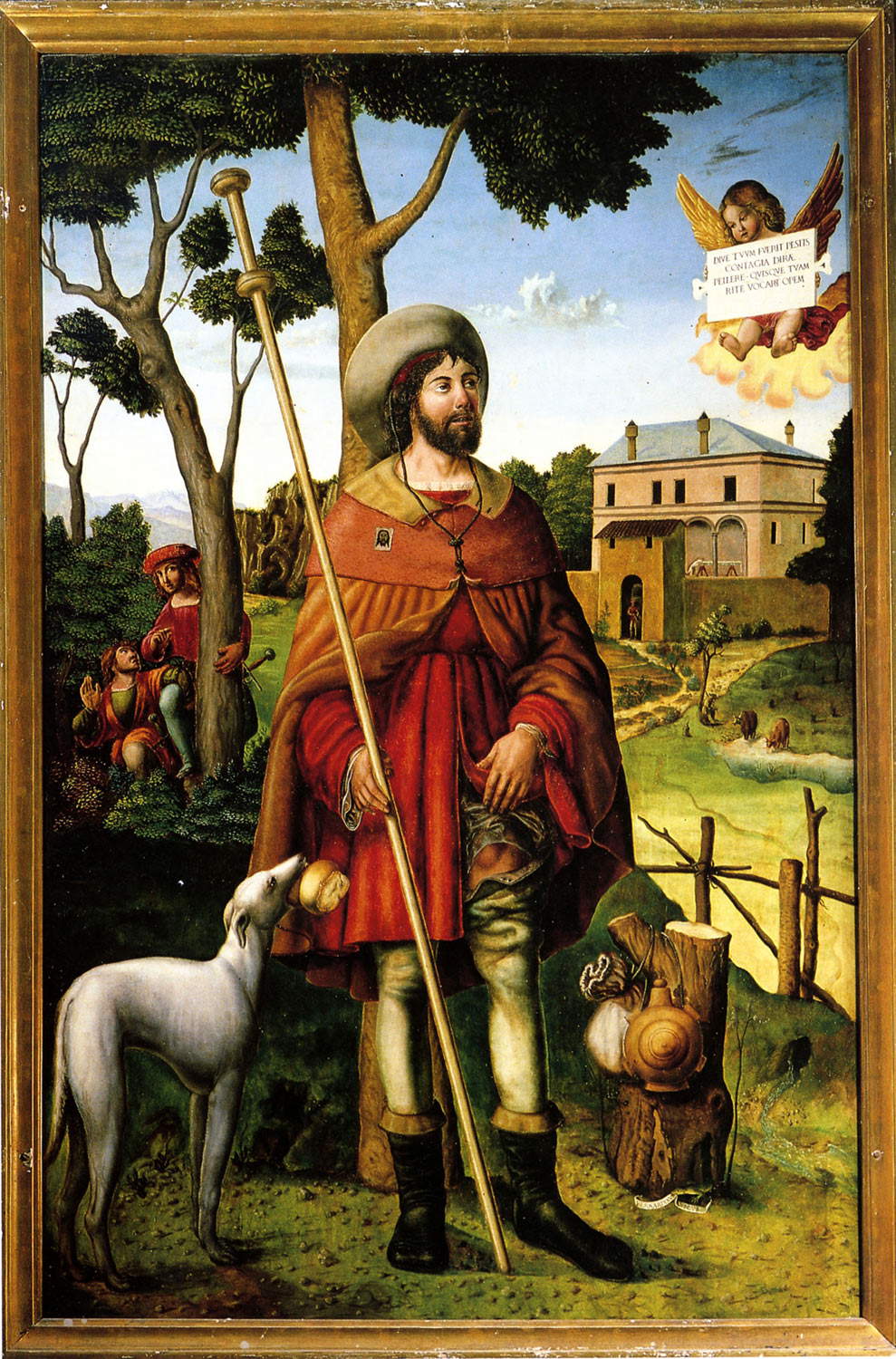
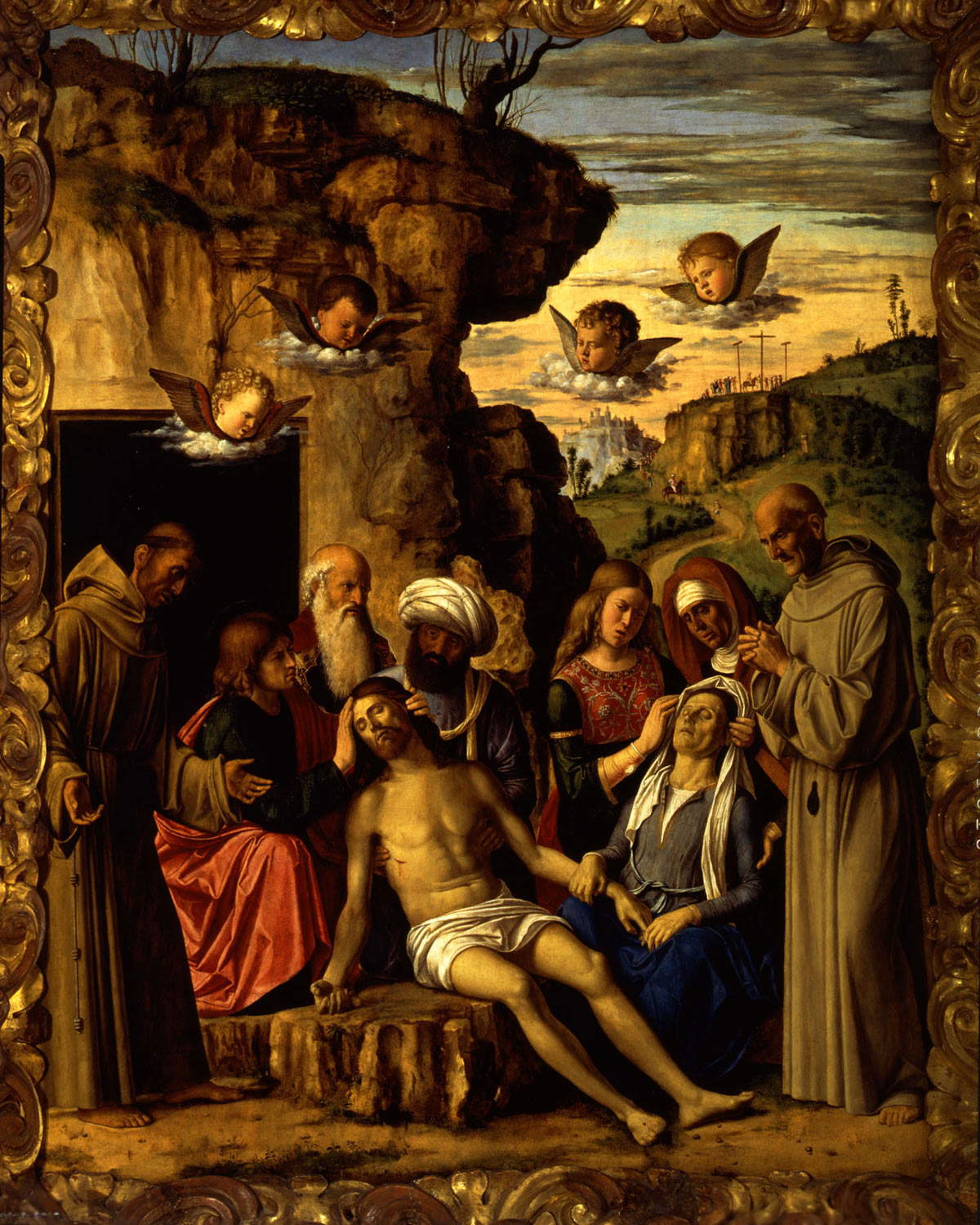
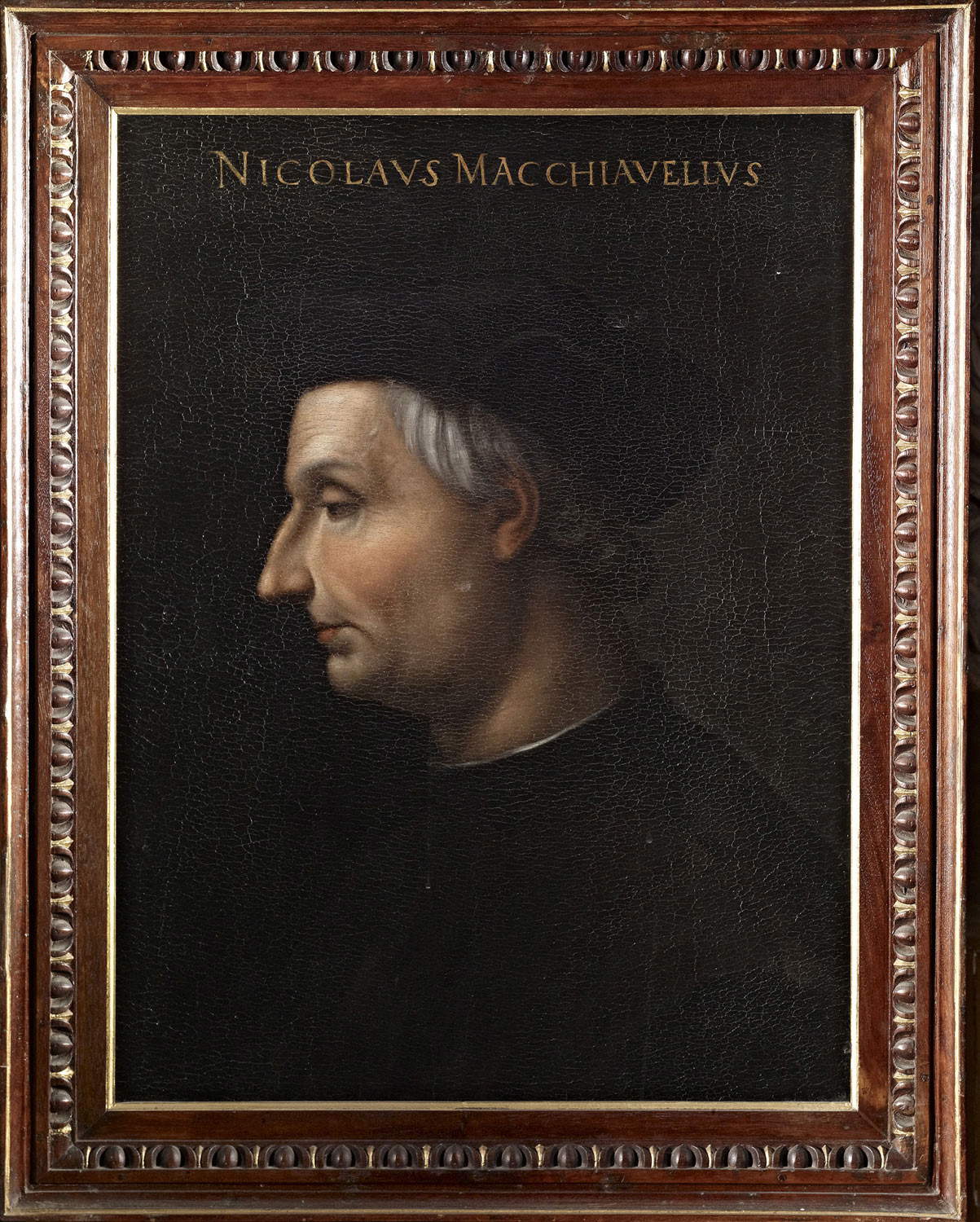
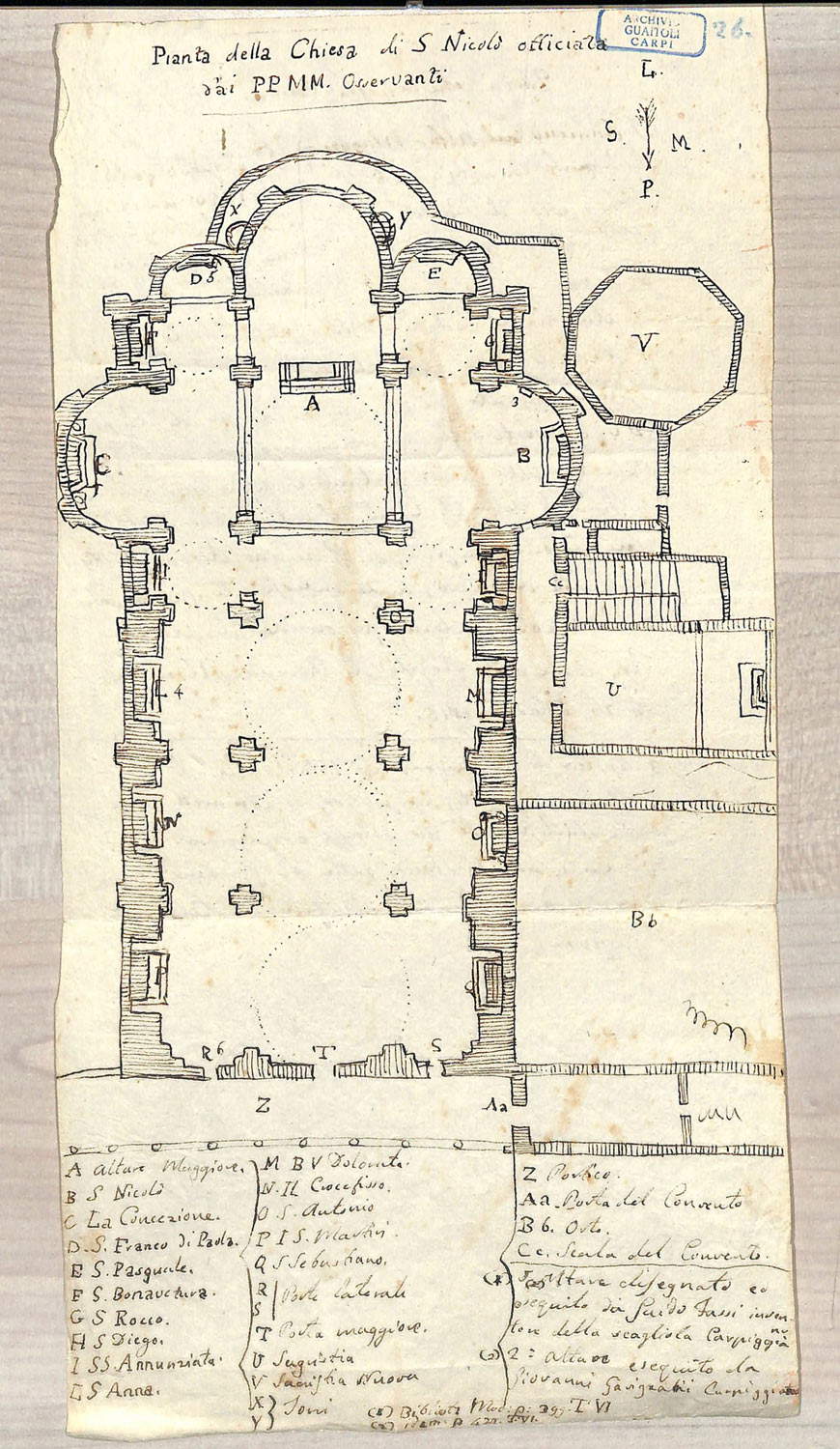
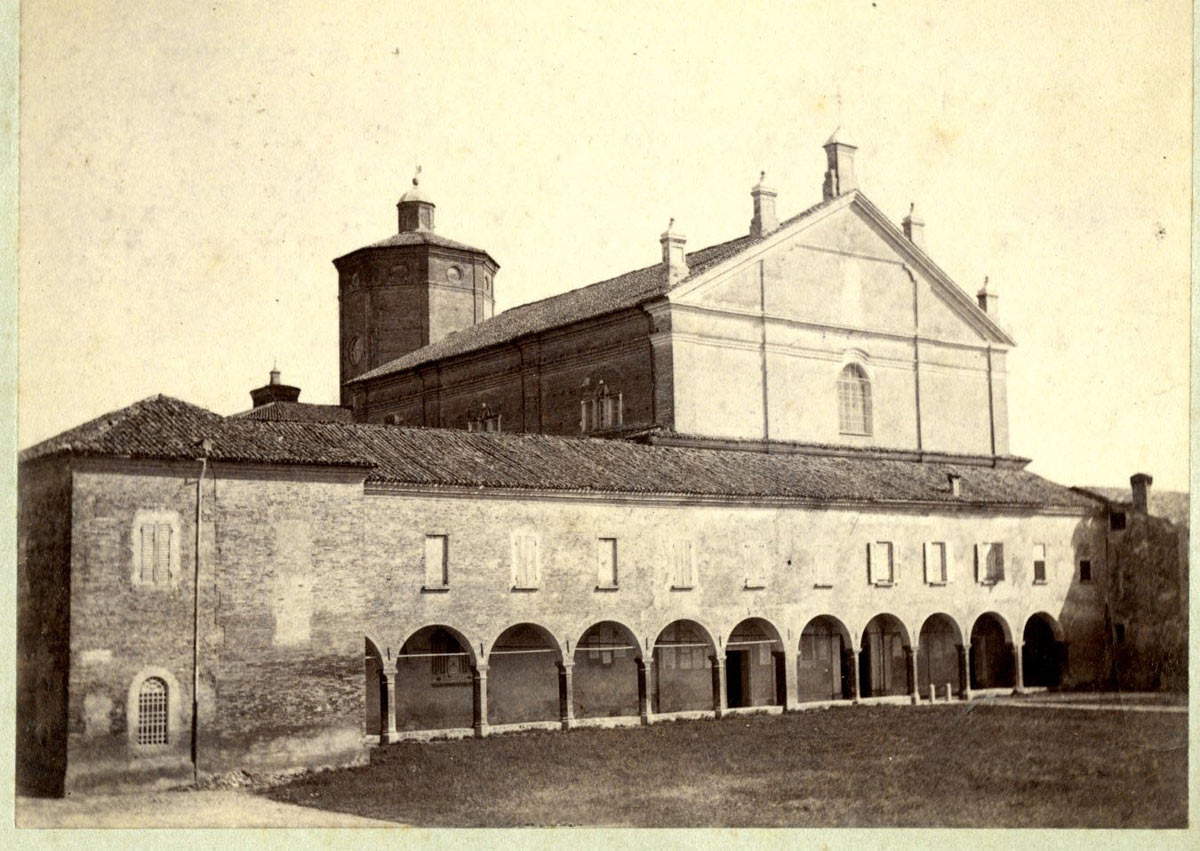 San Nicol
San Nicol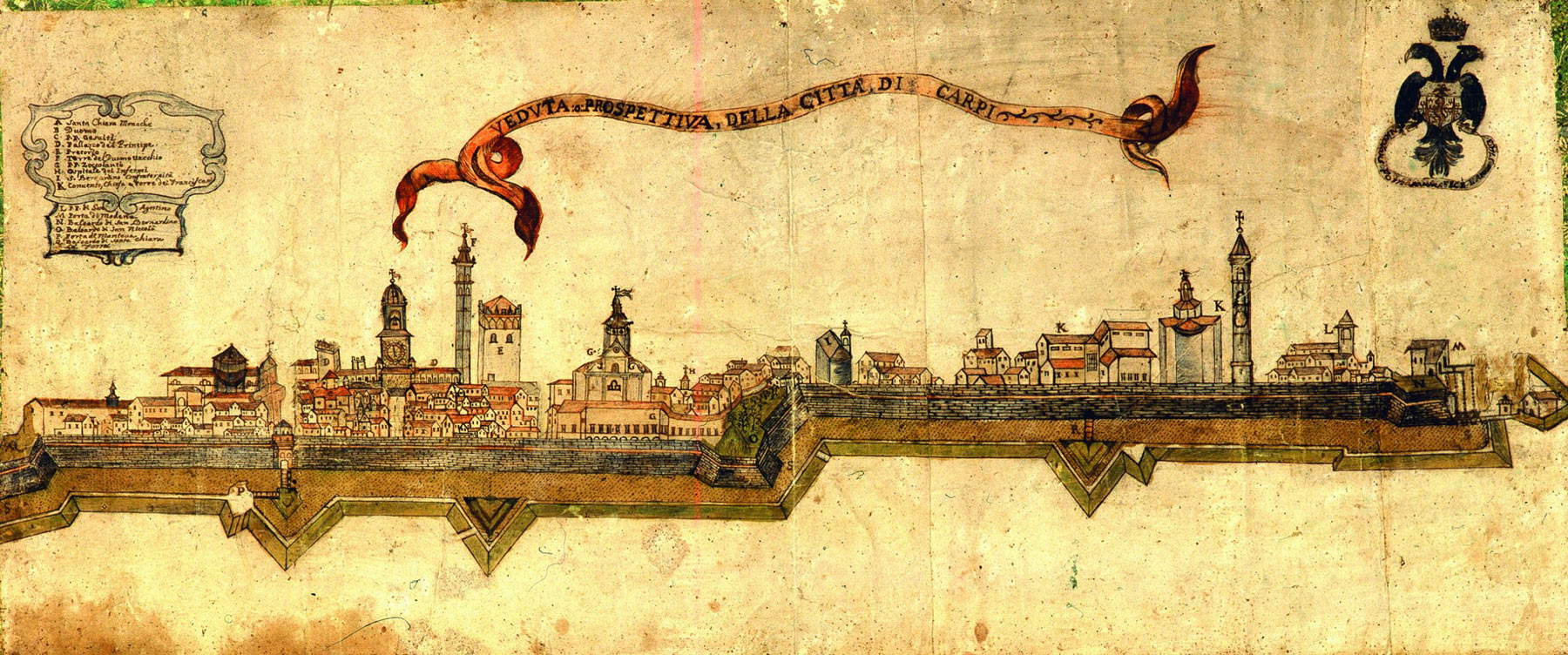
 |
| Carpi, an exhibition on the Temple of St. Nicholas on the 500th anniversary of its founding |
Warning: the translation into English of the original Italian article was created using automatic tools. We undertake to review all articles, but we do not guarantee the total absence of inaccuracies in the translation due to the program. You can find the original by clicking on the ITA button. If you find any mistake,please contact us.